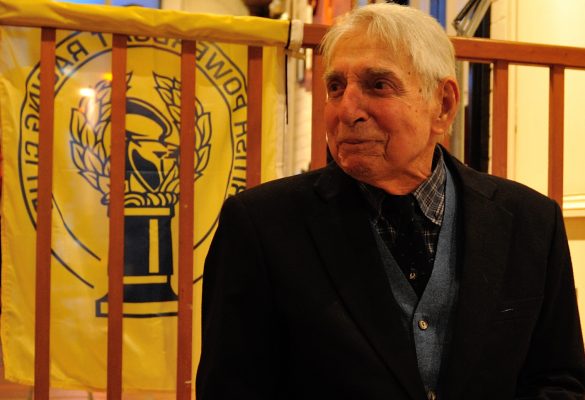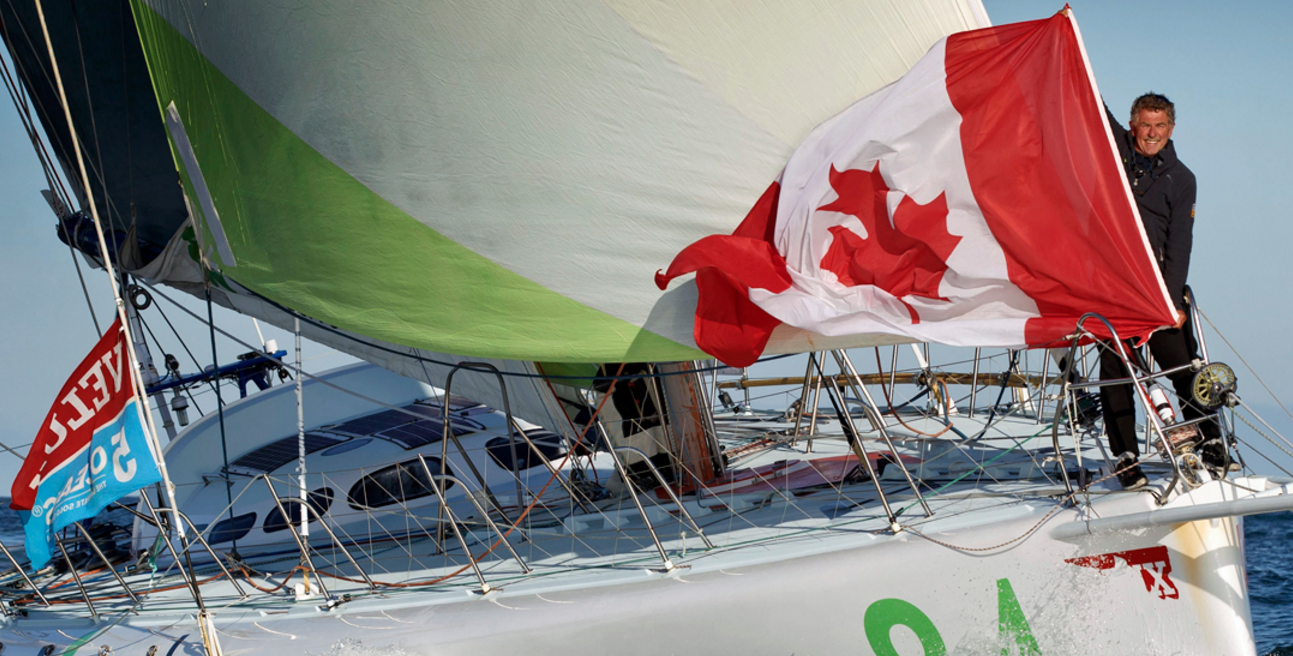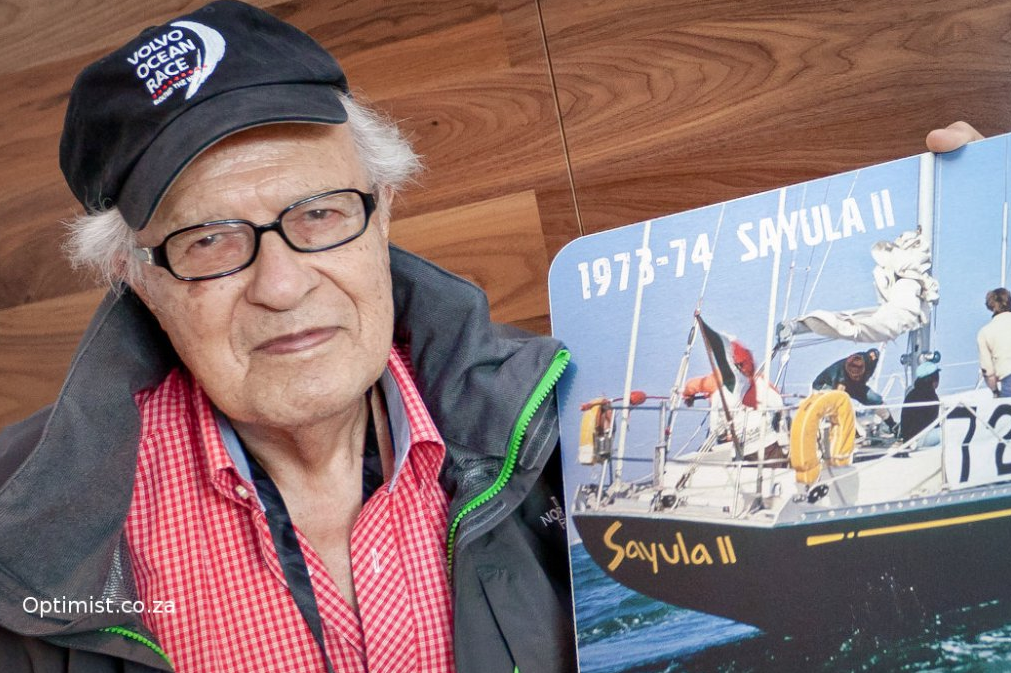Renato ‘Sonny’ Levi – the father of modern powerboat design – dies
Renato ‘Sonny’ Levi, whose name is synonymous with power boat design, has died at his home on the Isle of Wight.
The designs of Renato ‘Sonny’ Levi dominated powerboat sport both offshore and inshore circuit racing in the latter half of the 20th century.
The 90-year-old died peacefully at his home on the Isle of Wight on 12 November, 2016.
Born in Karachi in 1926, he studied in France and India before joining his father’s boatyard in Bombay.
However, it was his victory in the Daily Express Cowes-Torquay offshore powerboat race in 1963 that brought his name to prominence as a successful designer.
While American Ray Hunt was developing the battened deep vee hull, Sonny was solving an entirely different problem.
An approach had been made by the Indian Government Fisheries Department for a hull which could be launched and retrieved in surf on an open beach.
Sonny found his new vee hull would provide the answer. Little did he know that this configuration would last a lifetime in his career as a naval architect.
Vee hulls may have dominated his later designs, but the Levi brand without doubt launched what was to become known as the ‘Delta’ configuration.
His long relatively narrow hulls were often given the wedge shape of a delta dart and this was to become his trademark, particularly in the area of high performance racing craft.
This distinct shape is easily recognised in the 1966 36ft (10.97m) offshore contender, Surfury.
While the Levi brand can be seen in a huge number of designs perhaps Sonny will be best remembered for this particular racer – an example of a perfect high speed monohull capable of performing well in both calm and rough sea conditions.
During the mid-sixties to early 70s his designs began dominating other areas of powerboat racing.
His narrow monohulls built by Melly and Merryfield for circuit racing were virtually unbeatable, but success was further confirmed in 1965 when he designed the first monohull offshore racer for the smaller Class III sub-division – a growing group on the British offshore scene at that time.
Powerboat sport was of course only one area of his success.
His range of Triana, Corsairs and Tantarellas sports cruisers became the Jaguar ‘E Type’ of the motor boating world and still command popular support many years after they first appeared.
Another less publicised area of development was his famous ‘Step Drive’ surface propeller transmission system.
The first Italian built Drago using the Step Drive proved a huge success. At 42ft (13m) and with only 500hp of diesel power, it achieved over 50 knots and hence at that time became the world’s fastest production pleasure cruiser.
The Italian firm of Riva approached Sonny for a hull design using his Step Drive surface propeller transmission. The result was the Riva 2000, an extremely successful luxury production cruiser of which over 50 were built.
Levi was a man who developed a huge range of ideas which in his early days even included light aircraft, inflatable boats, cars and sailing yachts.
More recently he turned his hand to pure art creating more than 100 canvases.
However, among his personal achievements, and one which came about through his long history of milestones in design, has to be Richard Branson’s Virgin Atlantic Challenger II which successfully broke the record for crossing the Atlantic Ocean in 1986.

Virgin Atlantic Challenger II. Credit: Nilfanion/Wikimedia UK
Its success not only reflects Sonny’s enormous ability as designer of revolutionary high speed craft it also proved his forward thinking with transmission systems.
This was proved with the Levi Drive Unit, the next generation of the Step Drive, which powered the 37 ton monster across the Atlantic at a record average of 41.5 knots.
His great contribution to design and innovation was later recognised by his election as a Royal Designer for Industry, the highest Italian accolade in engineering, followed last September by an Honorary degree from the University of Genoa.
Levi was 90 when he died on 12 November, 2016.
By Ray Bulman
Yacht designer Ed Dubois passes away
Renowned naval designer Ed Dubois has died at the age of 64
Canadian sailing legend, Derek Hatfield, dies
Sir Robin Knox-Johnston has paid tribute to Derek Hatfield, the first Canadian to race solo around the world twice. The…
First Whitbread champion Ramon Carlin dies aged 92
'Weekend Sailor', Ramon Carlin, who shocked the sailing world by skippering the Mexican crew to victory in the first Whitbread…












